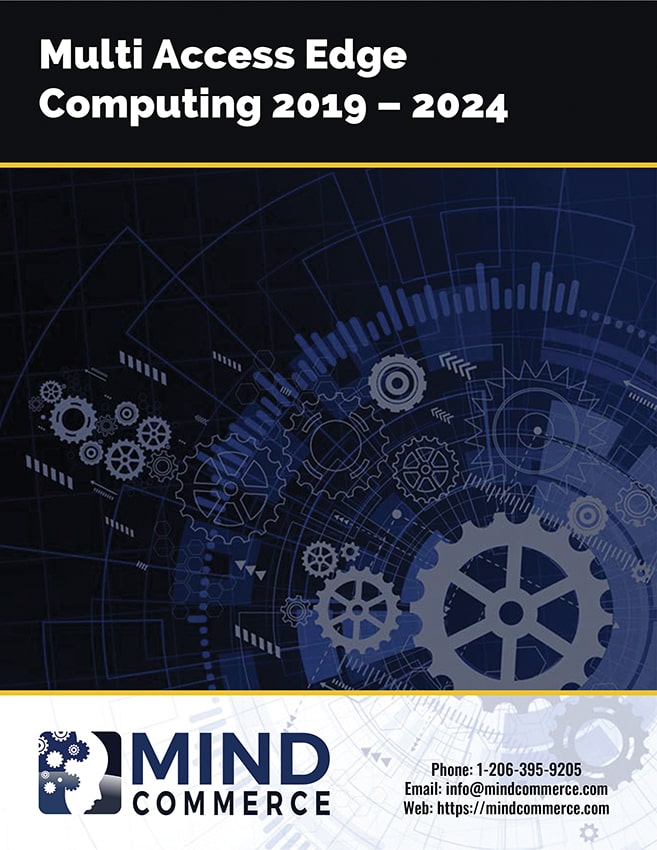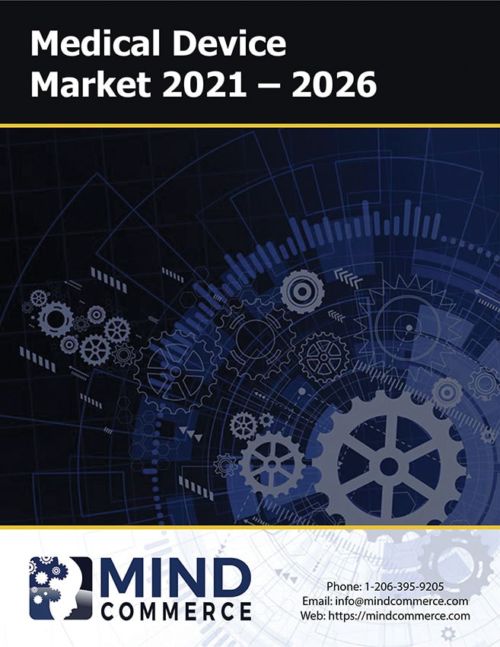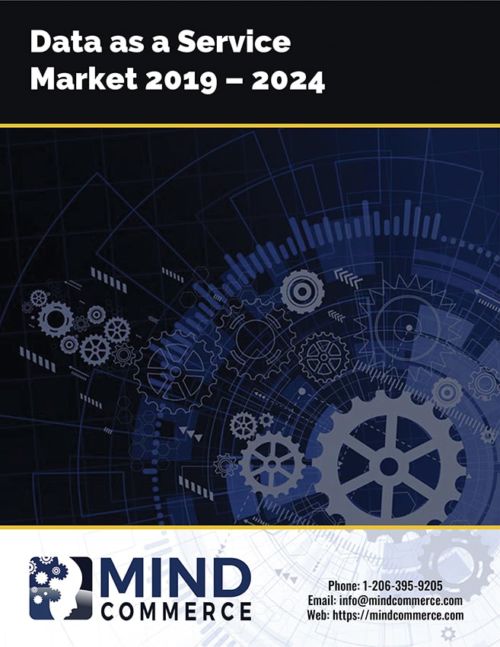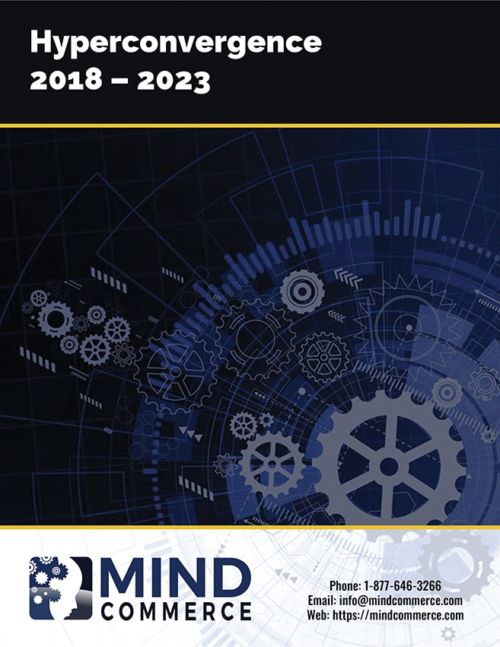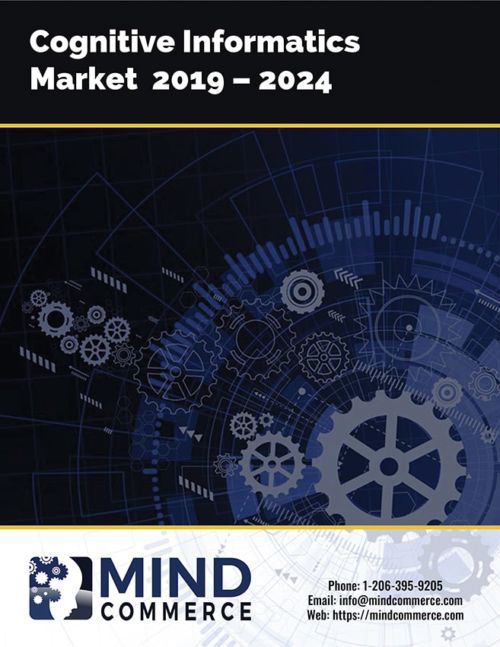Description
Often used synonymously, MEC refers to Mobile Edge Computing or Multi Access Edge Computing with the former being more cellular network centric (LTE and 5G) and the latter terminology adopted by standards groups to generalize edge computing to reflect that it may be also be used by WiFi and other wireless access technologies. The distinction between the multi access edge computing market and mobile edge computing largely ends with radio access and network type, as almost every other aspect is the same including localizing computing (e.g. computation and storage closer to the end-user), network element virtualization, software and service-centric operations.
Multi Access Edge Computing Market Dynamics
MEC is beneficial for LTE, but virtually essential for 5G. This is because mobile edge computing facilitates optimization of fifth generation network resources including focusing communications and computational capacity where it is needed the most. Without MEC, 5G would continue to rely upon back-haul to centralized cloud resource for storage and computing, diminishing much of the otherwise positive impact of latency reduction enabled by 5G.
Mobile Edge Computing is Essential to 5G
The deployment of MEC with 5G also provides a very powerful combination based on some of the latter’s key attributes such as network slicing, which in conjunction with localized computing provides unparalleled opportunities for Quality of Service and Quality of Experience optimization for both consumers and enterprise users. This will benefit both data-only apps as well as Voice over 5G (Vo5G) supported services. In addition, many industrial automation applications, such as cloud robotics, will be enabled by the combination of MEC and 5G.
It is important to note that the multi access edge computing market goes beyond cellular, and there are a few key standards initiatives and groups involved in ensuring MEC works for other networks. This includes the European Telecommunications Standards Institute (ETSI), Central Office Re-architected as a Data Center (CORD), and the Edge Computing Consortium. While these standards efforts will ultimately result in support for wireless access of many types, the Mobile Edge Computing market (e.g. cellular networks) is expected to be the first and largest beneficiary.
The technical drivers for the multi access edge computing market include reduced energy consumption, lower operational costs, reduced network latency, and maximized throughput. These technology-focused attributes provide some very compelling mobile edge computing market drivers including many customer-focused benefits such as a more open service creation and deployment environment, application customization, and premium services optimization. In addition, MEC provides improved network economics for back-haul, front-haul, and overall communications/computing operations.
Multi Access Edge Computing Market Drivers
The fundamental question often asked by those not close to telecom networks and application optimization is: What is driving the need for edge computing? There are many reasons. However, the core areas for improvement with mobile edge computing are: throughput, congestion, latency, and back-haul. Additional important considerations that spawn from these improvements are network awareness/context and data analytics.
- Improved Overall Throughput: By way of example, testing between Saguna Networks and Vodafone indicated substantially lower wait times and stalls while viewing video.
- Core Congestion Reduction: Related to improved throughput is reduction of core congestion. MEC enables users and devices to store/access much higher volumes of data by way of direct access to the Internet rather than relying upon transport through the core of cellular networks.
- Application Latency Reduction: Mobile edge computing will be particularly important in support of Ultra-Reliable and Low-Latency Communication (URLLC) for latency-sensitive apps and services for various consumer, enterprise, and industrial use cases. The combination of 5G and MEC is expected to reduce network latency significantly, which will enable many previously tethered-only applications and services such as streaming 4K video, real-time remote control, haptic or tactile communications, and more.
- Back-haul Reduction: Related to core congestion reduction, back-haul is reduced as processing may be done at the edge rather than back-hauled to more centralized core cloud computing resources. This will be particularly important for 5G, which would continue to rely upon back-haul to centralized cloud resource for storage and computing, diminishing much of the otherwise positive impact of latency reduction enabled by 5G new radio technology.
- Network Awareness and Context: Placing Virtual Network Functions closer to the point of usage allows carriers to better determine context, leading to operational improvements and better use of localized data.
- Streaming Data and Real-time Analytics: Edge computing facilitates vast amounts of fast-moving data from sensors and devices. For many use cases, data flows constantly from the device or sensor to the network and sometimes back to the device. In some cases, these streams of data are simply stored (for potential later use) and in other cases there is a need for real-time data processing and analytics.
- Network and Application Resiliency: Edge computing networks are distributed and thus more resilient because there are many mini-datacenters rather than one or a few larger ones.
Despite all of the aforementioned advantages to deploying distributed computing and mini-datacenters, there is at least one important concern – cybersecurity. With the multi access edge computing market, security becomes a problem as there is now another point of attack with edge hardware and software. However, the aforementioned advantages provide ample rationale to move forward for carriers and datacenter providers alike.
Weighing the advantages vs. the challenges, the multi access edge computing market will clearly be an enabler of 5G apps and services including improved mobile broadband (ultra-fast and high definition video, enhanced web browsing, etc.), Ultra Reliable Low Latency Communications (URLLC) dependent apps (virtual reality, UAV operation, autonomous vehicles, robotics, etc.), and massive expansion of the Internet of Things (IoT).
In terms of IoT, one of the key drivers for the multi access edge computing market is that MEC will facilitate an entirely new class of low-power devices for IoT networks and systems. These devices will rely upon MEC equipment for processing. Stated differently, some IoT devices will be very light-weight computationally speaking, relying upon edge computing nodes for most of their computation needs.
Multi Access Edge Computing Market Deployment Alternatives
As Mind Commerce has stated in the past, the primary standards body for MEC standardization is the European Telecommunications Standards Institute (ETSI), which has done much to move edge computing in mobile/wireless networks forward. For example, their “MEC in 5G Networks”, First Edition document published in June 2018 identifies mobile edge computing deployment scenarios among other topics. ETSI identifies four physical areas for MEC deployment as follows:
- Co-location at Base Station
- Co-location at Transmission Node
- Co-location at Network Aggregation Point
- Co-location with Core Network Functions
This ETSI document was authored by representatives from leading ICT companies including Huawei, HPE, Telefonica, ZTE, Viavi Solutions, Saguna, ETRI, Nokia, Vodafone, Quortus, Interdigital, Intel, TIM, and ITRI. Additional MEC deployment related items covered include mobile edge computing architecture relative to 5G networks and systems as well as MEC use case scenarios.
An additional industry group that also has an impact on the multi access edge computing market is the Central Office Re-architected as a Data Center (CORD) supported by AT&T, China Unicom, NTT Communications, SK Telecom, and Verizon. CORD has identified a few potential points of deployment for mobile edge computing platforms including enterprise sites, hub sites, cloud RAN sites, pre-aggregation sites, IP aggregation sites, and co-located with core network equipment. Among other documents, CORD has issued M-CORD as an Open Reference Solution for 5G Enablement, which they position as an open source reference solution for mobile edge computing deployment alternatives that is built on the pillars of SDN, NFV and cloud technologies. The organization also provides guidance regarding mobile edge computing operations, installation, development, and testing.
Another organization involved in MEC architecture and datacenter evolution is the O-RAN Alliance, which is developing an architecture designed to enable next generation Radio Access Network (RAN) infrastructures. Founded in 2018 by AT&T, China Mobile, Deutsche Telekom, NTT DoCoMo and Orange, the O-RAN Alliance defines a cloud native RAN that leverages MEC. The organization sees the potential to embed intelligence in every layer of the RAN architecture. Part of this intelligence could be within the edge computing equipment, supported with AI-optimized closed-loop automation software control.
Depending on the vendor, there are many different views. For example, Vapor IO, who recently purchased the edge co-location business from one of its investors, Crown Castle, sees the most distributed approach to the multi access edge computing market in which there is computing equipment at every base station. To get there, the company sees interim steps such as building a nationwide network of edge datacenters throughout major metropolitan areas in the United States. The company will interconnect edge computing sites within a city to form a larger, virtual datacenter the company refers to as Vapor Kinetic Edge that covers an entire metro area.
While this logical extreme may ultimately come to fruition, other companies, such as Saguna Networks, see a large role for enterprise-deployed MEC, particularly in conjunction with private LTE and 5G deployments. Other vendors such as Deutsche Telekom backed MobiledgeX also see a strong mobile edge computing market for enterprise and industrial applications such as smart buildings and smart factories respectively.
In this business owned/controlled multi access edge computing market model, the carriers will minimally provide network as a service (via connectivity and communications services) and potentially a certain degree of computing as a service. However, it is likely that many enterprise and industrial customers may manage their own apps and/or allow access by third parties via edge computing APIs for provisioning, administration, and overall management.
Carrier Multi Access Edge Computing Market Deployment Considerations
It is important to understand that multi access edge computing servers and platforms can be deployed in many locations including, but not limited to, an LTE and/or 5G macro base station site, the 3G Radio Network Controller site, a multi-RAT cell aggregation site, or at an aggregation point. Communication Service Providers (CSP) are not accustomed to planning for remote servers.
However, MEC essentially needs many remote datacenters. Mind Commerce predicts that CSPs will need to partner with network integration companies to realize the full vision of MEC. CSPs cannot be bogged down in negotiations, planning, engineering, and deployment of MEC communications/computing platforms every time a new site is acquired.
With the multi access edge computing market, there is clearly a new computational-communications paradigm in which communications and computing are no longer thought of as separate things. Furthermore, they are planned, engineered, deployed, and operated together. In parallel with this new paradigm, mobile networks are becoming video networks. This is essentially the case because the vast majority of bandwidth demand is driven by video usage of some type.
This is anticipated to accelerate with MEC as there will be many more uses for video, such as public safety (e.g. face recognition to identify potential threats). With this new paradigm there will be a need for more efficient management of real-time data and analytics as vast amounts of data is collected, much of which will require real-time processing.
Implementation and operation of multi access edge computing has profound implications. For example, there will not be a need to always route completely through the entire switching fabric for Internet transport. In other words, certain content and applications can be consumed locally rather than relying upon back-hauling and/or hair-pinning through a home gateway to the (centralized/core) cloud.
This environment is characterized by ultra-low latency and high bandwidth as well as real-time access to radio network information that can be leveraged by applications and QoE platforms located “deep into the network”. Better performance through partial off-load from device to edge or centralized cloud to edge. One good example app that will benefit from this is cloud gaming.
Multi Access Edge Computing Market Report
This report evaluates the telecom and IT ecosystem in support of MEC including communications and computing infrastructure providers, managed services vendors, carriers and OTT providers. Our MEC analysis includes a focus on company strategies and offerings relative to current and anticipated future market needs.
The report also provides quantitative analysis of the multi access edge computing market including segmentation by industry vertical, region of the world, application and services. It also provides forecasts for MEC based streaming data and real-time data analytics. This report also takes into consideration the following market characteristics and ecosystem issues:
Multi Access Edge Computing Market Characteristics
- Proximity: MEC allows for applications, services, and data to be optimized based on their proximity to end-users
- Low Latency: MEC network topology reduces latency for any network or radio access type including LTE, 5G, and WiFi
- Location-aware: By its very nature, MEC is location-based, allowing for apps and services to be inherently location-enabled
- Contextual: MEC provides both a Network and User Context, allowing service providers of all types (carriers and OTT providers) optimize operations
- Network Densification: As part of a Heterogeneous Network (HetNet), MEC is a key computing component of a dense distribution of network elements
Multi Access Edge Computing Market Ecosystem
- Carriers: Legacy Communication Service Providers (CSP) will benefit greatly from Mobile Edge Computing
- Over the Top (OTT) Service Providers: While they do not have their own networks, MEC is also important to OTT providers
- Infrastructure Providers: MEC impacts traditional telephony equipment providers as they must now be concerned with computing as well
- Application Developers: MEC is driving a more open and distributed communications/computing architecture, which is good for developers
- Datacenters: MEC allows computing vendors to expand and diversify their offerings as mini-datacenters will be distributed throughout networks
- Systems Integrators: MEC drives the need for systems integrators to help CSPs with simultaneous communications/computing planning and deployment
Mobile Edge Computing and Communications Expertise and Knowledge Base
Why purchase this Mobile Edge Computing market report from Mind Commerce?
Our market research practice focuses exclusively on the Information and Communications Technology (ICT) sector. Our edge computing research leverages our numerous years of focus on many topics within cellular network infrastructure, applications and services. More recently, Mind Commerce has dedicated substantial resources and effort on the convergence of operational technology, information technology, and telephony.
We have developed a unique perspective regarding both the tactical and strategic elements of edge computing. In addition, we have a strong vision for the future of the Multi Access Edge Computing market and the impact of MEC on ICT as well as many other enterprise and industrial industry verticals.


